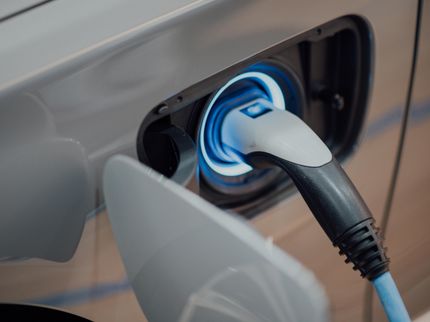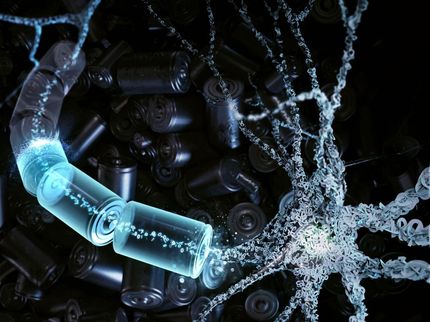120-kilowatt wireless charging for vehicles demonstrated
Researchers at the Department of Energy's Oak Ridge National Laboratory have demonstrated a 120-kilowatt wireless charging system for vehicles - providing six times the power of previous ORNL technology and a big step toward charging times that rival the speed and convenience of a gas station fill-up.
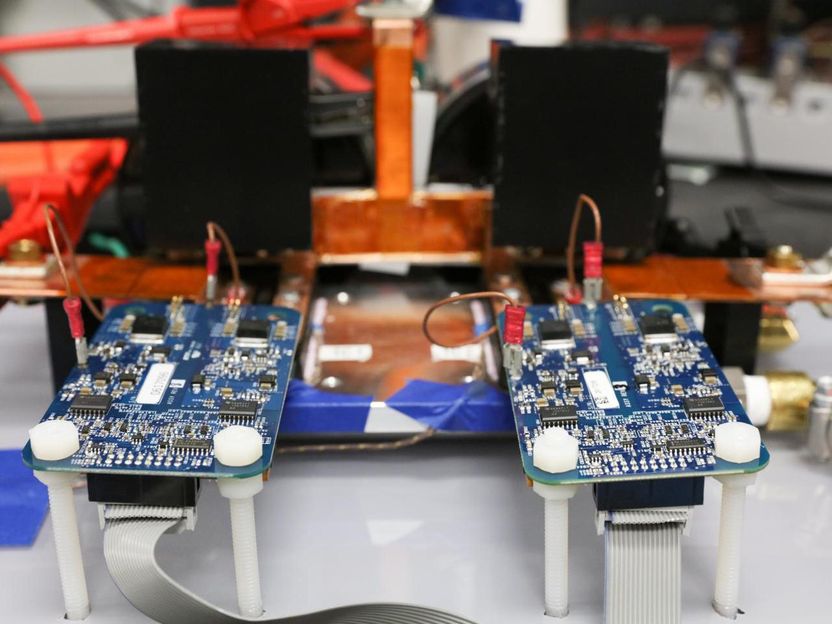
State-of-the-art power electronics manage the safe and efficient flow of electricity among the system's components.
Genevieve Martin/Oak Ridge National Laboratory, US Dept. of Energy
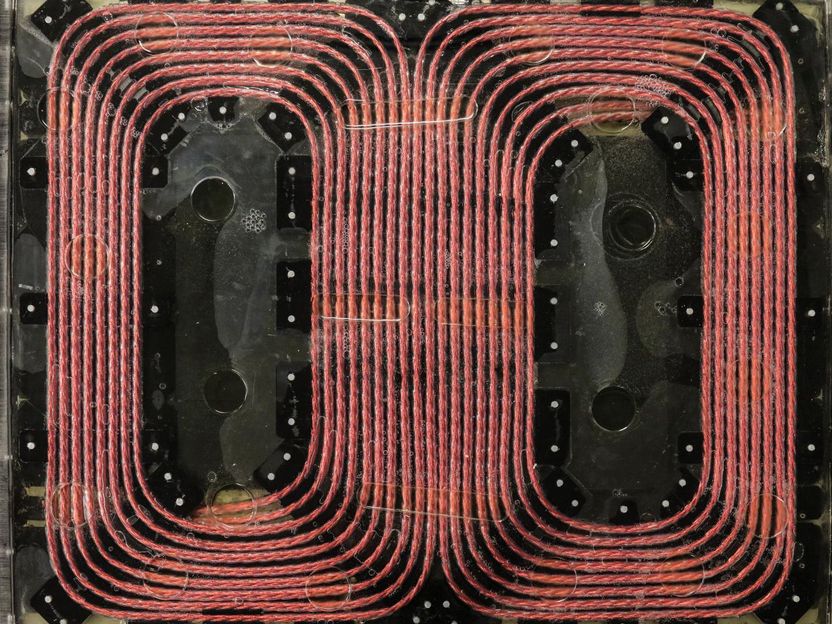
ORNL researchers used computer simulations to design coils that generate the magnetic field required for wireless power transfer.
Genevieve Martin/Oak Ridge National Laboratory, US Dept. of Energy
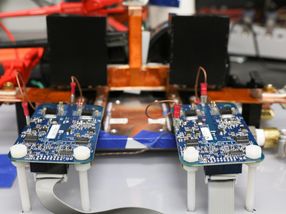
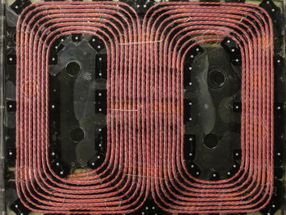
The wireless system transfers 120 kilowatts of power with 97 percent efficiency, which is comparable to conventional, wired high-power fast chargers. In the laboratory demonstration, power was transferred across a six-inch air gap between two magnetic coils and charged a battery pack.
ORNL researchers created and demonstrated the world's first 20-kilowatt wireless charging system, which is being modified for applications such as commercial delivery trucks. "It was important to maintain the same or smaller footprint as the previous demonstration to encourage commercial adoption," said project lead Veda Galigekere of ORNL's Power Electronics and Electric Machinery Group.
"We used finite element and circuit analyses to develop a novel co-optimization methodology, solving the issues of coil design while ensuring the system doesn't heat up or pose any safety issues, and that any loss of power during the transfer is minimal," he said.
To achieve 120 kilowatts, the ORNL team created a new coil design co-optimized with the latest silicon carbide power electronic devices for a lightweight, compact system. The system's architecture takes energy from the grid and converts it to high-frequency alternating current, which generates a magnetic field that transfers power across a large air gap. Once the energy is transferred to the secondary coil, it is converted back to direct current and stored in a vehicle's batteries.
The demonstration advances DOE's extreme fast-charging goal to develop a system that delivers 350 to 400 kilowatts and reduces the charging time for electric vehicles to 15 minutes or less.
"This breakthrough significantly advances the technology needed to encourage greater adoption of electric vehicles by increasing their range and the ease of recharging, and in turn supports an energy-efficient mobility system for the nation's economic success," said Moe Khaleel, associate laboratory director for Energy and Environmental Sciences at ORNL.
ORNL researchers will explore innovations to increase power transfer level to 200 and eventually 350 kilowatts, while refining dynamic wireless charging technology. A dynamic system enables the automatic charging of electric vehicles using wireless charging pads installed under roadways. Higher power charging systems are needed to minimize the cost and complexity of dynamic charging. "The goal is dynamic charging at highway speeds," Galigekere said.
Other news from the department science
Most read news
More news from our other portals
See the theme worlds for related content
Topic World Battery Technology
The topic world Battery Technology combines relevant knowledge in a unique way. Here you will find everything about suppliers and their products, webinars, white papers, catalogs and brochures.

Topic World Battery Technology
The topic world Battery Technology combines relevant knowledge in a unique way. Here you will find everything about suppliers and their products, webinars, white papers, catalogs and brochures.
